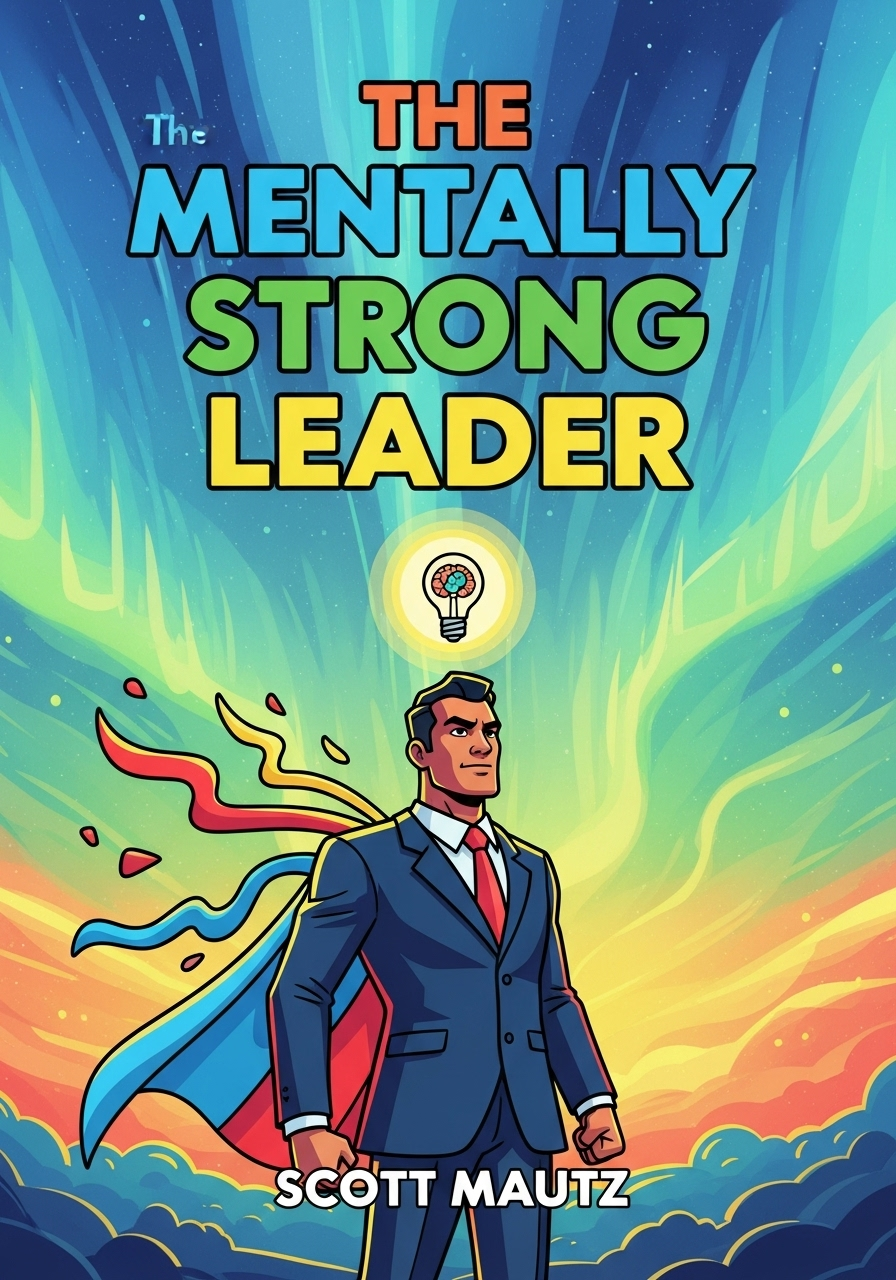Description
A mentally strong leader is not simply someone who appears tough or commands attention in a meeting room. True mental strength in leadership is about resilience, clarity, and the ability to guide people through uncertainty while keeping a steady sense of purpose. It is about showing calmness when things feel chaotic, making clear decisions when emotions are high, and inspiring others to keep going when giving up feels easier.
Imagine a leader who turns a dull, tense meeting into a moment of inspiration simply through presence and composure. That is the essence of mental strength. It’s not about force, but about the quiet power of self-control, optimism, and resilience that naturally influences others.
Mental strength can be seen through six qualities: fortitude, confidence, boldness, effective messaging, sound decision-making, and goal focus. Fortitude is the determination to stand firm when situations are tough. Confidence is the belief that challenges can be faced and overcome. Boldness is the willingness to take risks and encourage innovation. Effective messaging is how leaders communicate with their teams, shaping both morale and trust. Decision-making is the ability to weigh facts, emotions, and long-term goals without bias. Goal focus is the discipline to keep moving toward objectives, even when setbacks occur.
Developing these qualities is less about talent and more about habits. Leaders can train themselves to regulate emotions, thoughts, and actions in order to build mental toughness. For example, fortitude grows when you reframe setbacks as opportunities. Imagine a business owner losing a major client. Instead of crumbling, she can see this as a chance to reach new markets or improve her strategy. This habit of reframing teaches teams to see adversity as growth, not defeat.
Confidence comes from self-awareness and practice. Leaders who doubt themselves can turn fear into motivation by focusing on skills and preparation. Criticism can also be reframed: instead of feeling attacked, a leader can view feedback as information to improve. Optimism strengthens confidence too. Choosing to believe things can get better, even during hard times, prevents teams from slipping into despair.
Boldness is about thinking beyond what feels safe. Many leaders avoid risks because they fear failure, but bold leaders encourage innovation by focusing on what could be achieved if limits were pushed. Bold thinking does not ignore reality, but it imagines a greater one and moves toward it despite resistance.
A key element of mental strength is emotional control. Consider a manager whose proposal is rejected. Instead of reacting with anger or disappointment, she listens calmly, reflects on the criticism, and revises her idea until it succeeds. This habit shows her team that setbacks can be handled with dignity. It also reinforces trust because people prefer to follow leaders who do not let emotions control their decisions.
Communication, or messaging, plays a big role here. Leaders must pay attention to the words they use, as words can either inspire or discourage. Instead of blaming, strong leaders focus on collaboration: “What can we do next?” This simple shift in language encourages teamwork and keeps morale high, even in conflict.
Decision-making, another pillar of mental strength, requires discipline. When leaders face tough choices, they must balance emotion with reason. One way to do this is by clarifying roles in decision-making: Who advises? Who decides? Who executes? By doing this, meetings become more focused, and decisions are made efficiently. Great leaders also look ahead, studying trends and preparing for future scenarios, so when challenges arrive, they already have the insight to act swiftly and wisely.
Goal focus may be the most visible sign of a mentally strong leader. Great leaders don’t just set ambitious targets; they also break them down into smaller, achievable steps. They celebrate progress along the way, keeping motivation alive even during long or difficult projects. They encourage their teams to visualize success and to remember the purpose behind their goals. And when procrastination appears, they fight it by starting small and building momentum step by step.
Consider a sales leader whose team is asked to increase revenue by 25 percent in a stagnant market. At first, the task seems nearly impossible. But by staying focused, breaking the goal into smaller milestones, and celebrating small wins, the leader keeps the team moving forward. Over time, progress builds confidence, and by the end of the year, the ambitious target is achieved. This is the power of goal-focused leadership in action.
Ultimately, the mentally strong leader is not defined by how smooth the journey is, but by how they handle storms. They remain calm in crises, transform setbacks into opportunities, and inspire their teams with optimism and discipline. Mental strength doesn’t eliminate difficulties—it equips leaders to rise above them.
The good news is that mental strength is not something reserved for a lucky few. It is built through consistent habits. By practicing self-discipline, embracing optimism, managing emotions, and staying focused on meaningful goals, anyone can grow into a mentally strong leader.
Leaders who commit to these habits create an environment where others also grow stronger. Their presence instills confidence. Their words encourage collaboration. Their resilience becomes contagious. In this way, mental strength in leadership is not just a personal trait but a gift to everyone they guide.
To sum it up: mentally strong leaders cultivate fortitude, confidence, boldness, effective messaging, sound decision-making, and unwavering goal focus. They handle challenges with grace, turn obstacles into opportunities, and help others see the path forward. The journey requires practice, patience, and persistence, but the reward is leadership that truly transforms both people and organizations.





